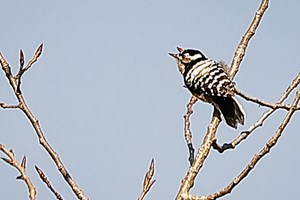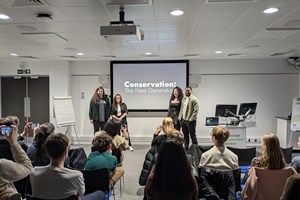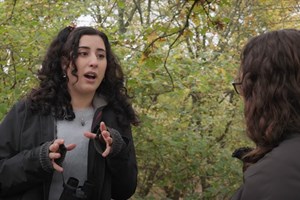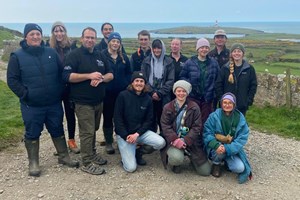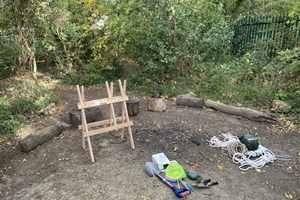The Plants of Iron-Age Pig-Rooted Areas
This project aims to investigate the impact of Iron-Age pig rooting in woodland on birds and plant communities. The area in focus will be Blean Woods close to Canterbury, Kent.
The fund recipient, Will is a 26-year-old student currently undertaking an MSc in Conservation Science and Practice at Imperial College London. He will be asking whether pigs hold the key to the success of rare woodland bird species at Blean by encouraging the growth of woodland weeds. These weeds are essential to their survival and have now become scarce across Britain's woodland.
To monitor bird activity between pig-rooted (test) and non-rooted (control) sites, Will plans to deploy camera traps over a 50ha study area at Blean Woods, a site managed by the Kent Wildlife Trust. The study site is adjacent to the enclosure where European bison have been released.
In the UK, the lack of ecological dynamism in woodland is one of the eight biggest drivers of species decline, especially in birds. Given the high level of conservation interest in the Blean study site and the presence of rare UK woodland birds such as the lesser spotted woodpecker, nightingale, spotted flycatcher and hawfinch, he believes the findings of his study could be of real value to both the ornithology and wider conservation community.
The Trust will be providing financial support for the hiring of 20 camera traps for the 4-week data collection period.
Follow Will's progress on the blog:

